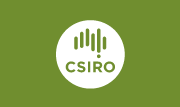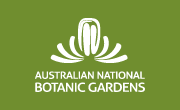Australian National Herbarium (Program HC)
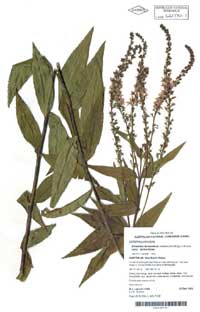 Specimens in Collection Specimens in Collection
Herbarium specimens and their associated data form the core of an herbarium. Specimens of flowering plants and ferns are usually pressed, dried, and mounted on sheets of light cardboard about 30cm x 45cm in size. Cryptogams (mosses, lichens etc, see below) are usually stored in folded paper envelopes. Particularly fragile, delicate plant material (e.g. orchid flowers) are generally preserved in sealed alcohol-filled jars, forming the 'spirit' collection. Bulky material (e.g. coconut fruits) are separated from flatter material, stored in what is often called an 'oversize' or 'fruit separate' collection. Specimens are typically stored flat in moveable shelving units called 'compactus'. Herbaria with compactus units have the advantage of saving storage space and when closed provide protection to the collection from disaster events (e.g. fire sprinkler damage).
Herbarium collections are maintained in archival conditions and only materials manufactured to last for hundreds of years are now used. Older specimens, usually on inferior material, often have to be re-mounted onto archival card with long-lasting materials. Dried specimens of plants stored in good environmental conditions will last many centuries, the Australian National Herbarium has historic specimens collected by Joseph Banks on Captain Cook's voyage to Australia in 1770.
Explore a typical herbarium specimen.
Carpological (fruit) Material
Carpological material for each family is stored in herbarium specimen boxes on the top compactus shelf above where the relevant family begins. The front of the box is labelled with the family name and ‘FRUIT SEPARATE’. Each specimen has a copy of the specimen label included in the bag with it. Carpological material for these taxa are sorted into genera and marked on the box.
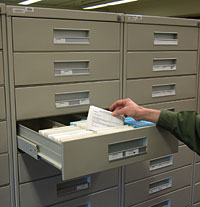
Cryptogam specimens
Cryptogam specimens (mosses, lichens, liverworts, fungi) are stored in a different part of the Herbarium in different folders. Most are stored in drawers resembling library index-card drawers in a sigle A4 sheet folded into an 'envelope', or in a similar sized box as the lichen specimen right. (see Cryptogam Collection)
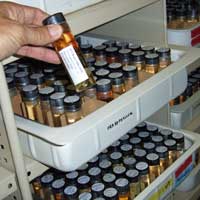 Spirit Collection Spirit Collection
For some plant groups, the shape of the flower structure is important for there identification and classification and for these groups flowers are often pickled and preserved in small bottles or similar containers. Orchids are an example of a group where pickled specimens are oftern important. Specimens preserved in this way loose their colour. They are housed in a separate room with special fire provisions.
The solution that the specimens are preserved in is mostly either 70% ethanol or Bangmix which is 70% ethanol, 20% water and 10% glycerol. A small proportion of the older CSIRO bottles contain FAA (formaldehyde, industrial methylated spirit and acetic acid). This liquid is toxic and corrosive, requires careful handling and in an area with adequate ventilation, e.g. a fume hood.
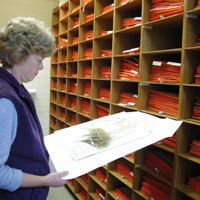 Type Specimens Type Specimens
Type specimens are one group of specimens that are particularly important to an herbarium. Type specimens are those nominated by a botanist describing a new plant as the benchmark or standard for the name given to the plant. A type specimen is nominated for a species or sub-species at the time the plant is first described. There are a range of different 'types' with different names according to their status, for example a 'lectotype' is one nominated by a botanist if the original 'holotype' specimen no longer exists.
The original type specimens are placed in red and white folders and are housed separately from the main collection in the Type Room.
The Australian National Herbarium has over 8,000 type specimens, making it a rich resource for research into the classification of plants. |
![An Australian Government Initiative [logo]](/images/austgovt_canbr_90px.gif)

![An Australian Government Initiative [logo]](/images/austgovt_canbr_90px.gif)

